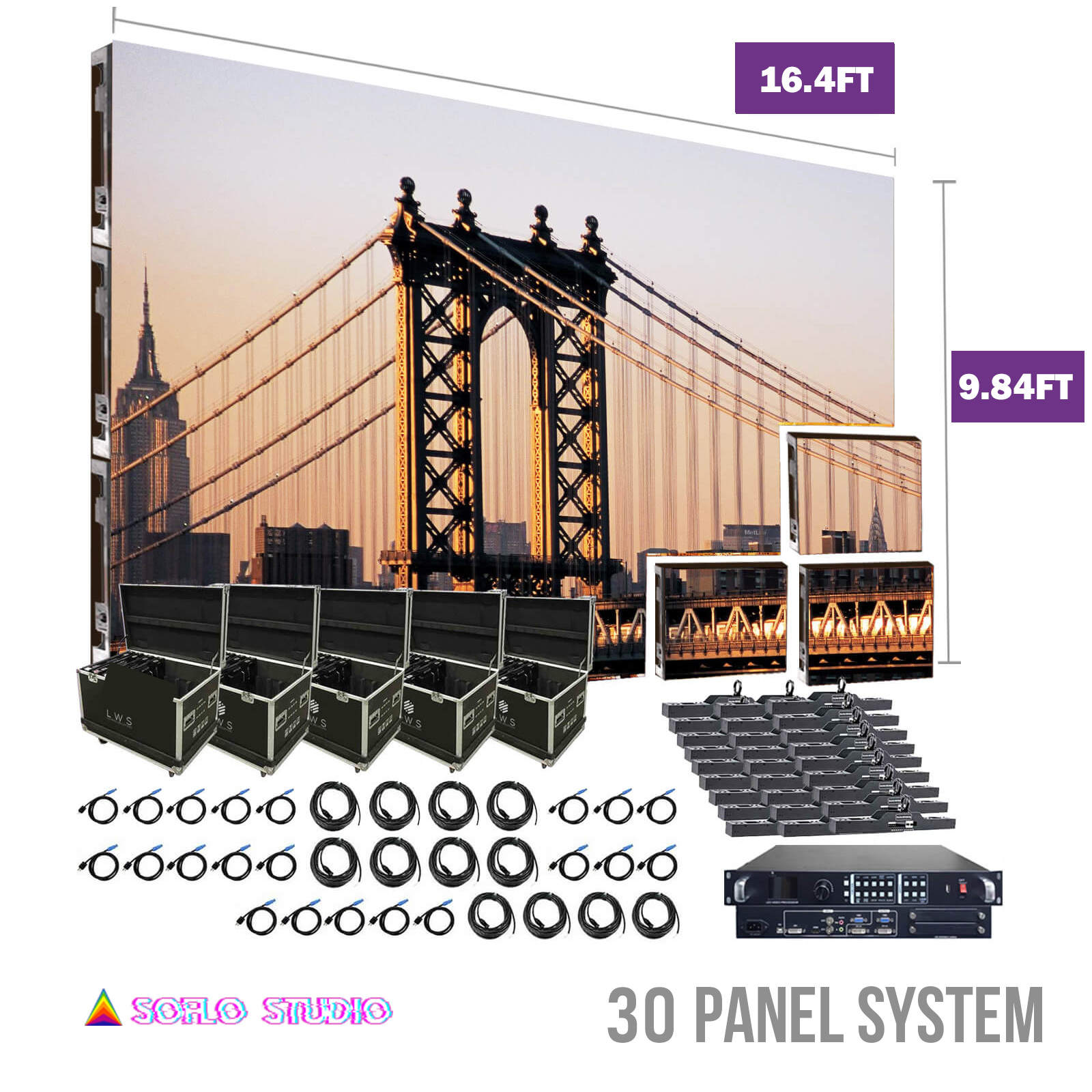To get a grasp on brightness-to-darkness ratios better, it is helpful to know how they are measured. The ratio is typically represented as two numbers, such as 1000:1. This indicates that the lightest white is 1,000 times more luminous than the deepest black. Screens with elevated contrast ratios provide richer blacks and more vivid whites, which improves the overall image experience. When viewing a movie or playing a game title, for example, these variations can create a more engaging environment. Viewers can see details that may be unnoticeable in screens with lower contrast ratios.
Different types of display systems, such as liquid crystal display, light-emitting diode, and OLED, have varying contrast ratios. OLED displays are recognized for their excellent contrast because they can turn off individual browse this site pixels completely, producing true black levels. Conversely, traditional LCD screens may struggle to reach similar levels of blackness due to their illumination methods. It is essential for consumers to consider these variations when selecting a display for their needs. Grasping how each technology manages contrast can significantly influence contentment with the device.
Moreover, the significance of contrast ratio extends beyond entertainment; it also influences productivity in professional environments. For tasks requiring detailed visual analysis, such as graphic design or photo editing, having a display with a high contrast ratio enables greater accuracy and clarity. This means designers can see fine details in their designs or photographs without discomfort. In learning settings, students benefit from high-quality displays that make learning materials more engaging and easier to understand.

To sum up, enhancing visual experience through understanding contrast ratios is essential for anyone using screen technology. A higher contrast ratio leads to superior image quality by delivering deeper colors and more clarity advice in images. As technology advances, users should remain informed about these factors to make choices that best suit their needs and needs. Be it for entertainment or productivity, knowing about contrast ratios helps enjoyment and efficiency in using visual displays.